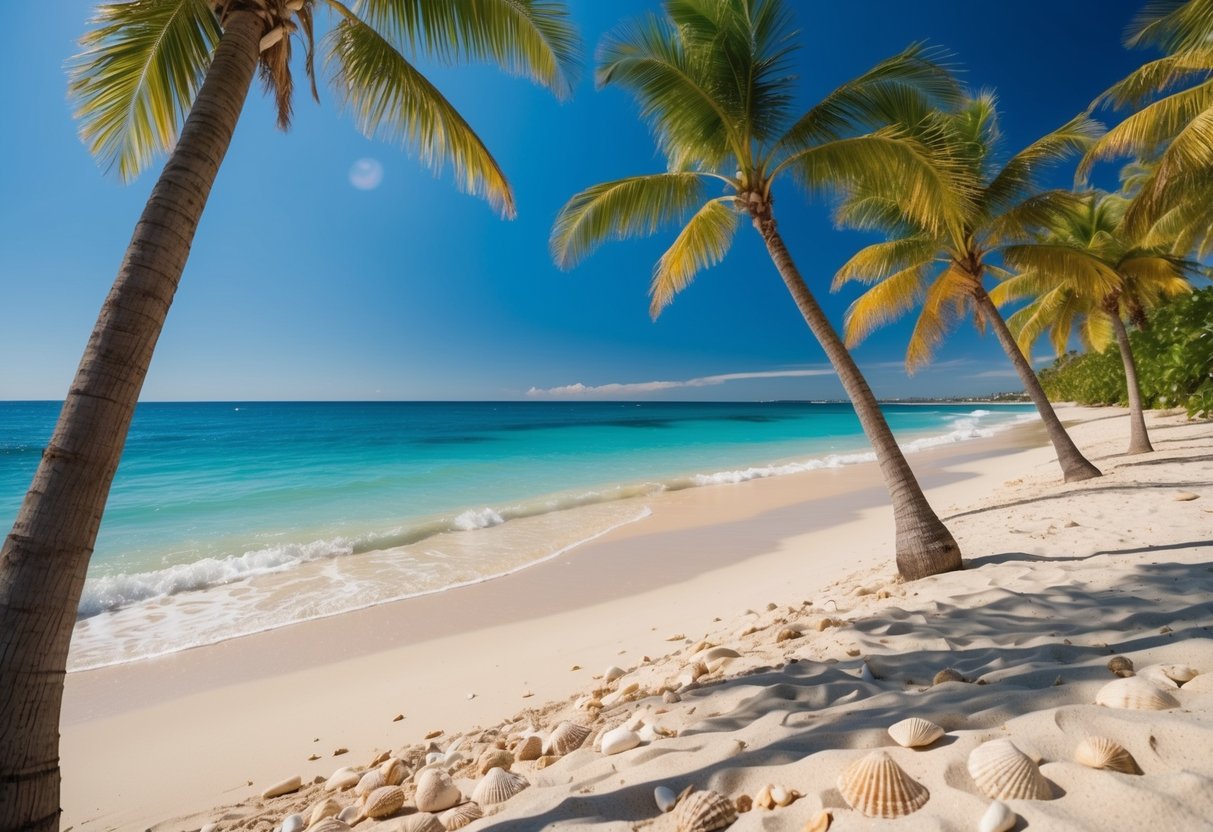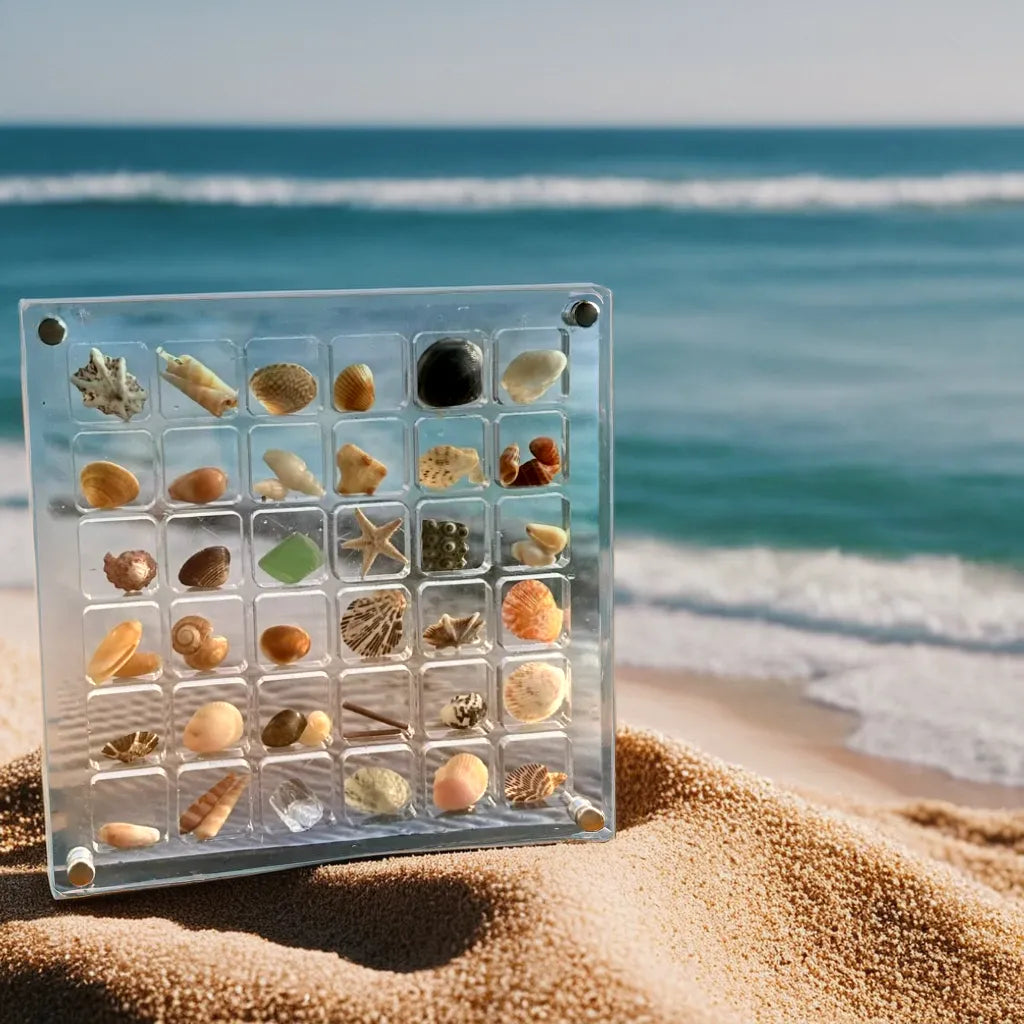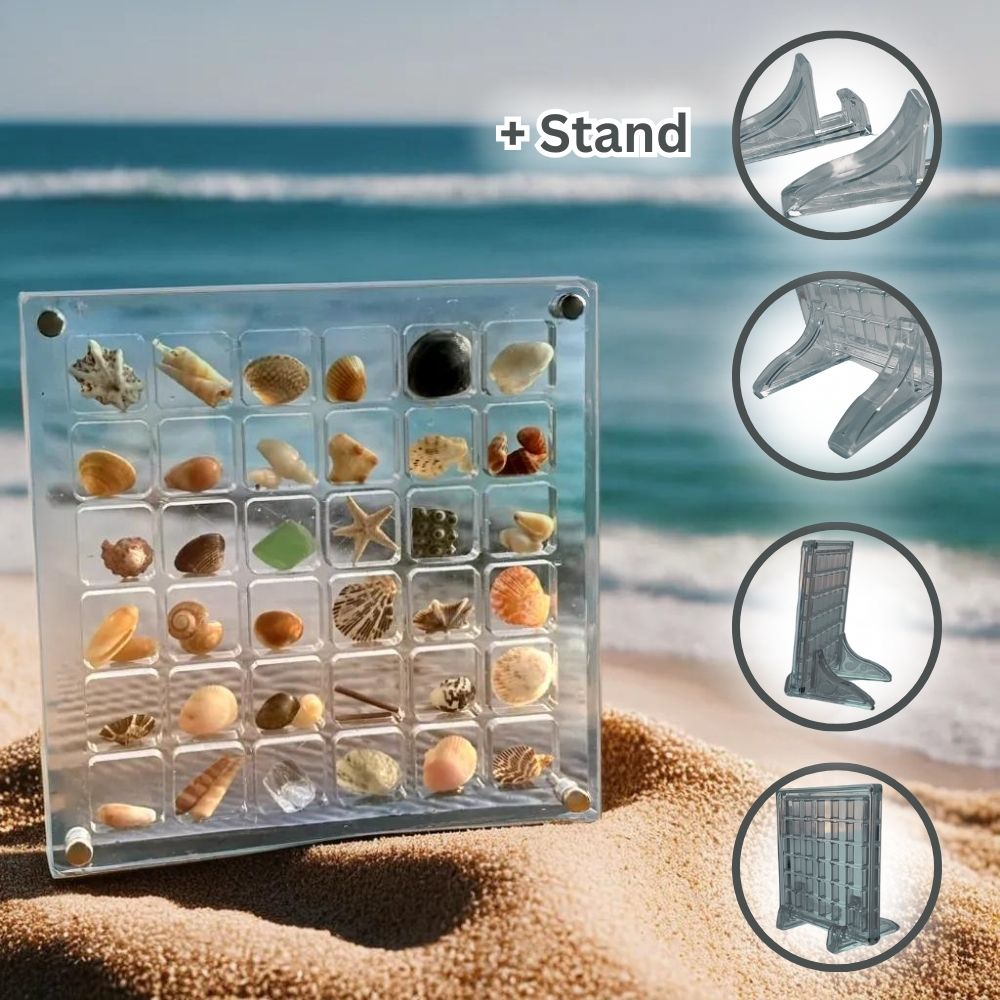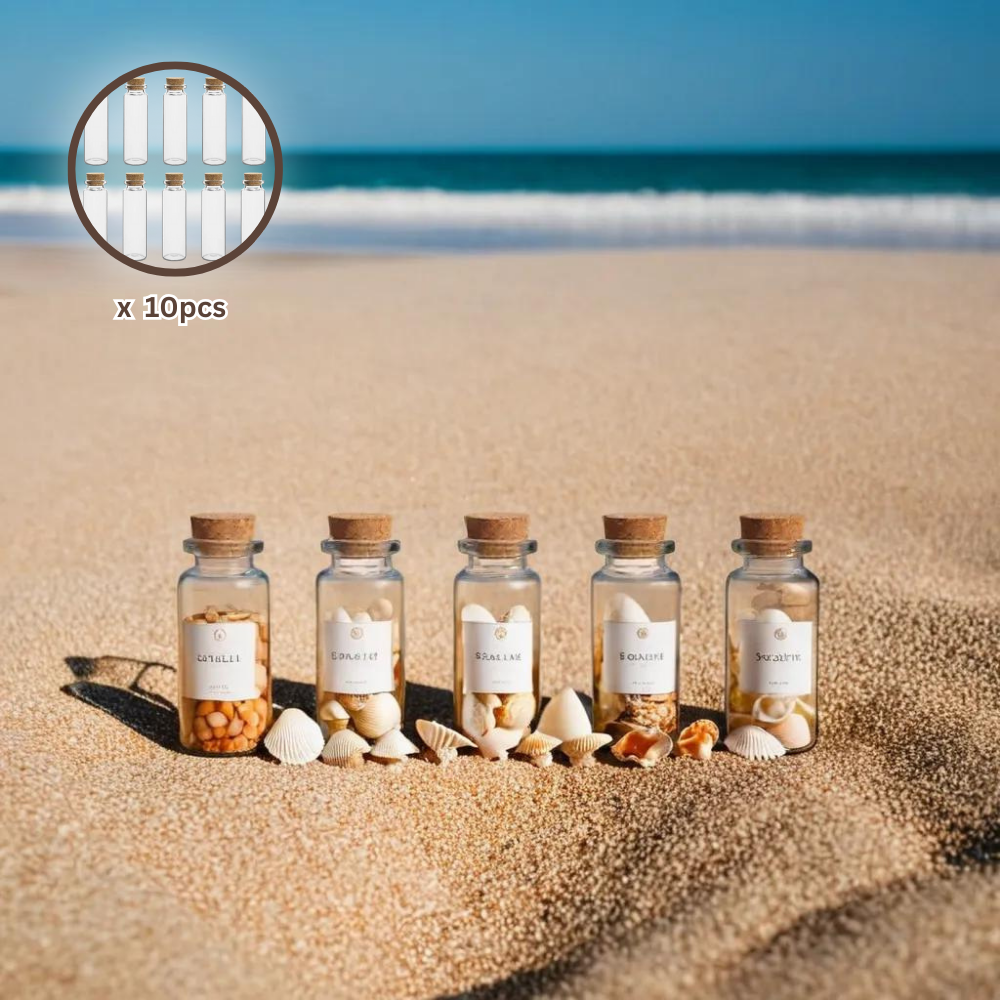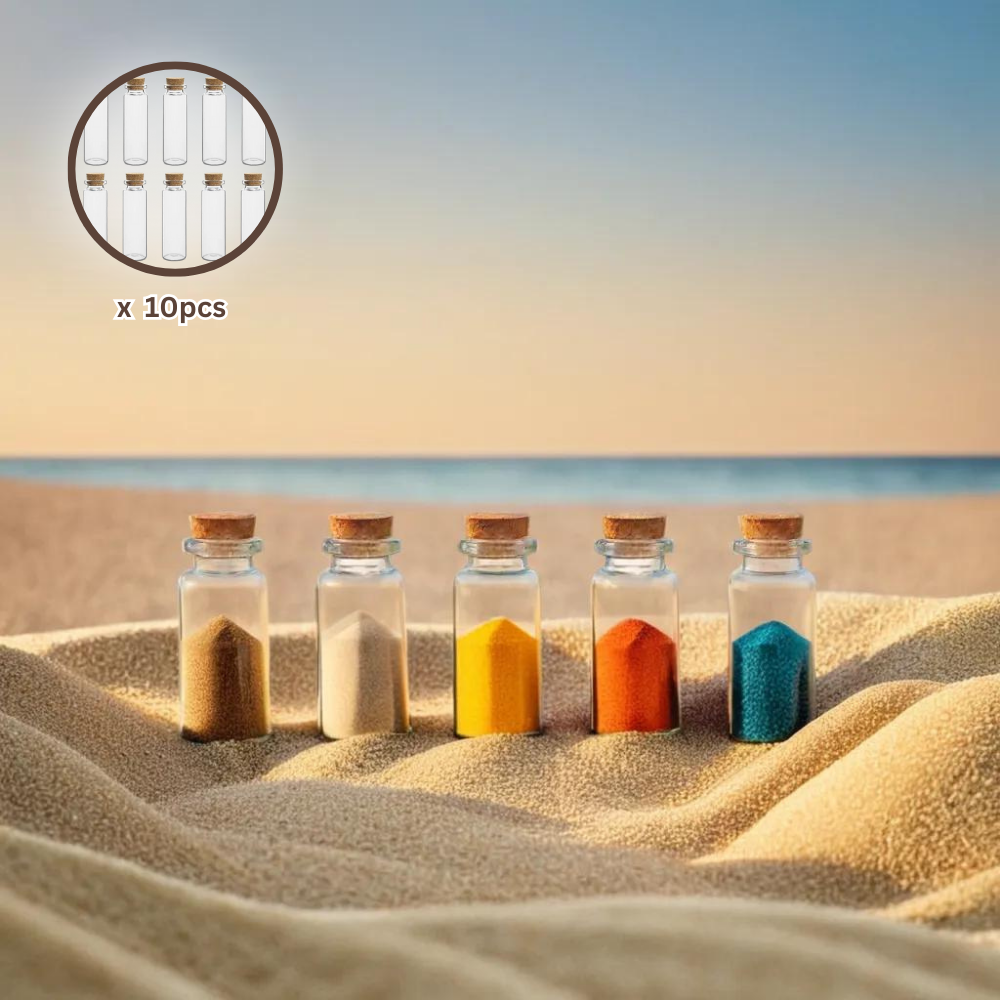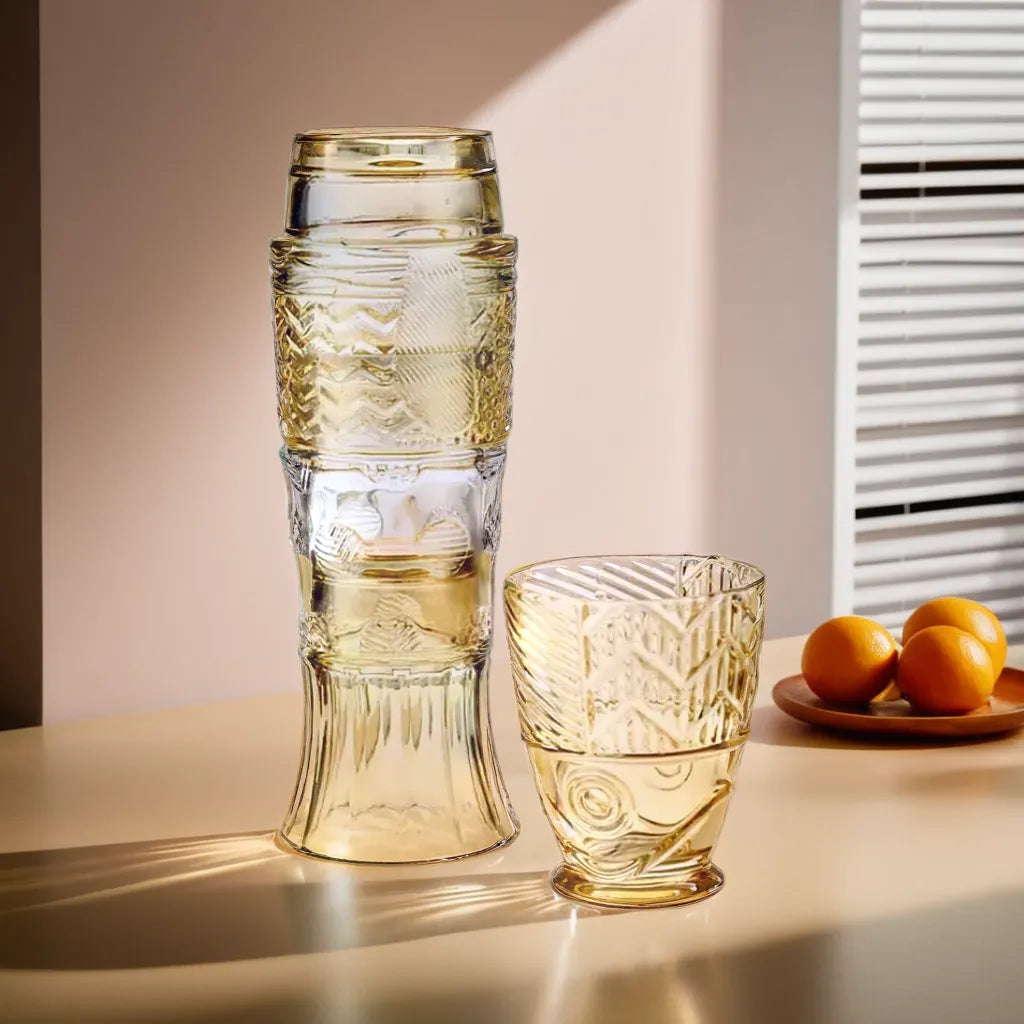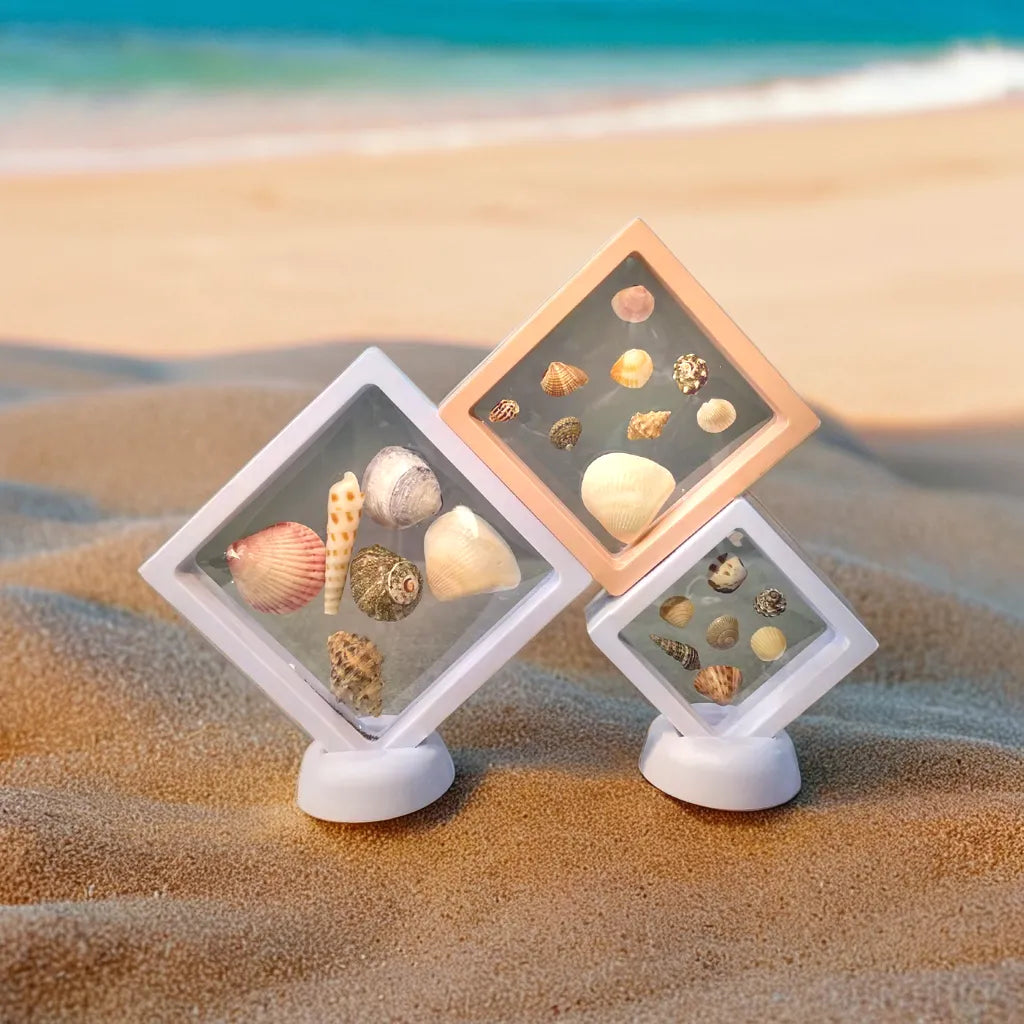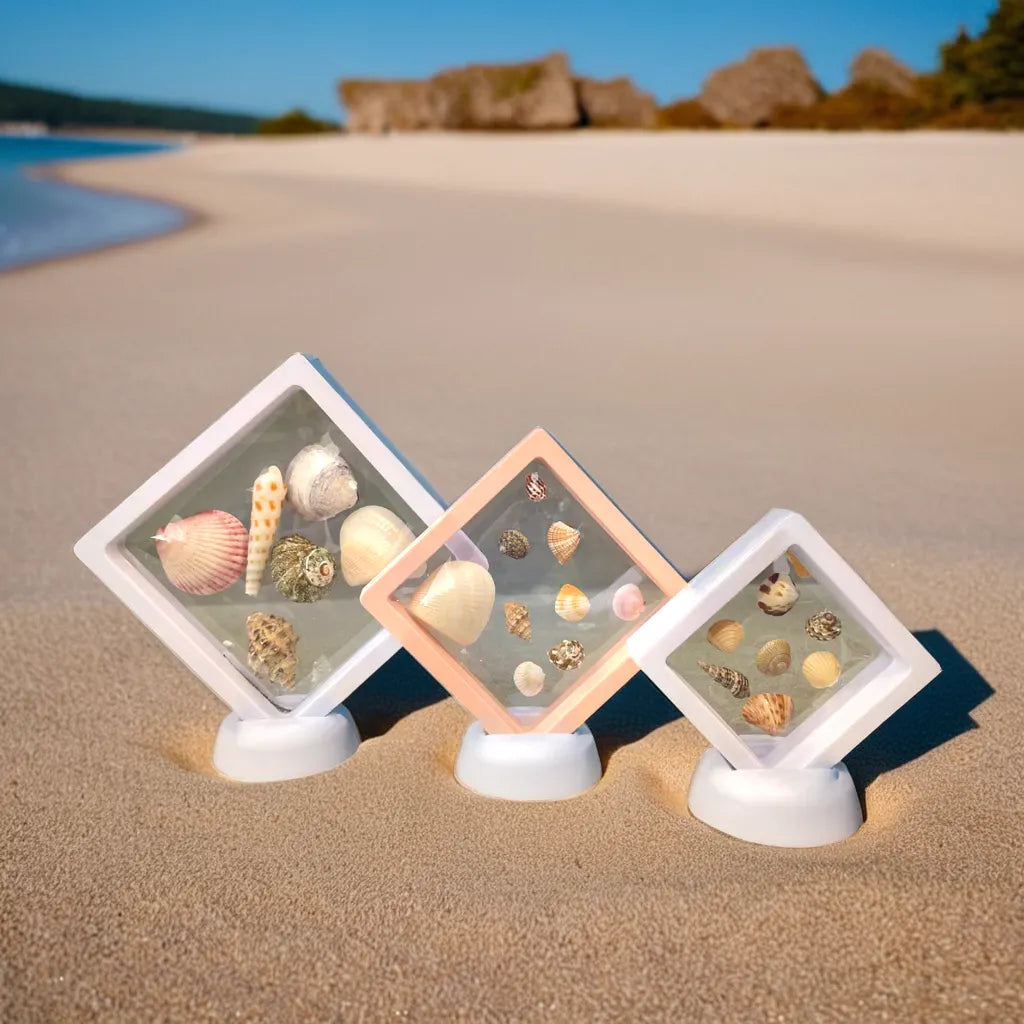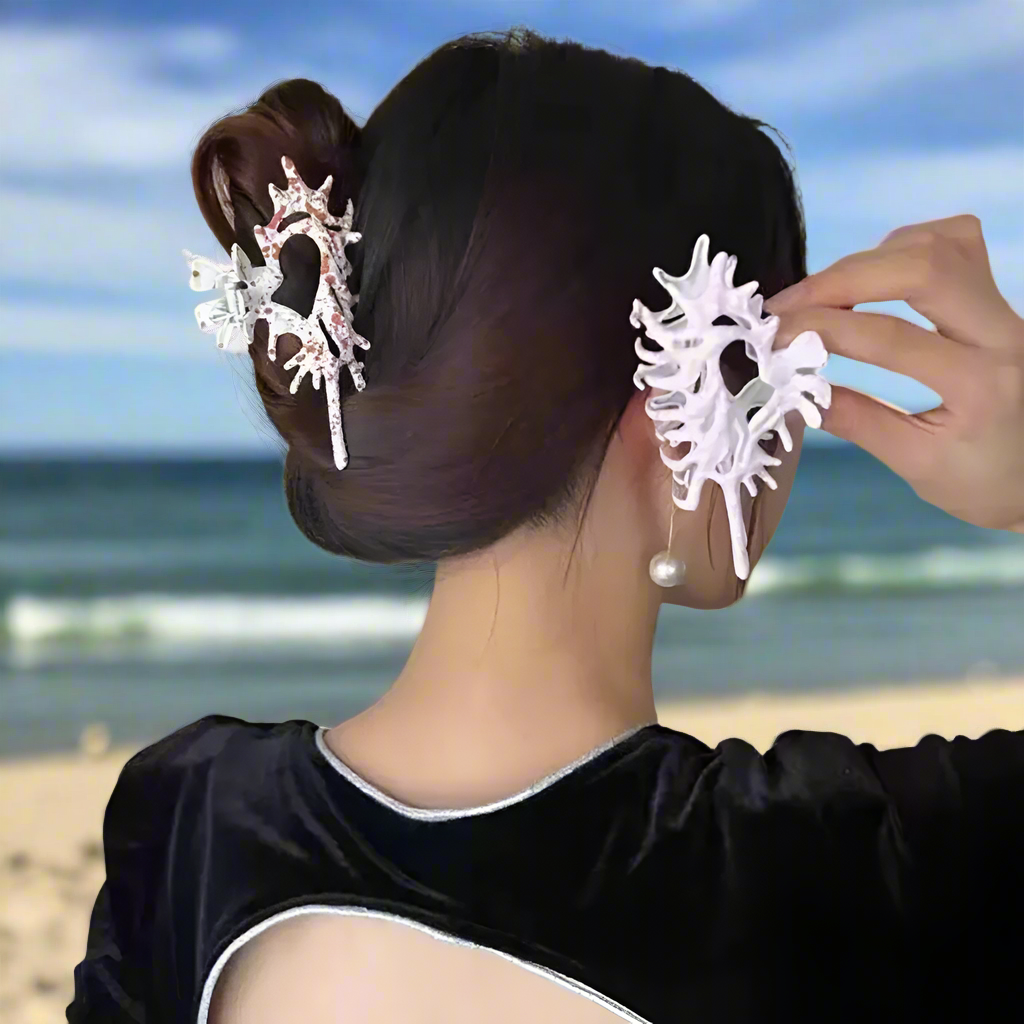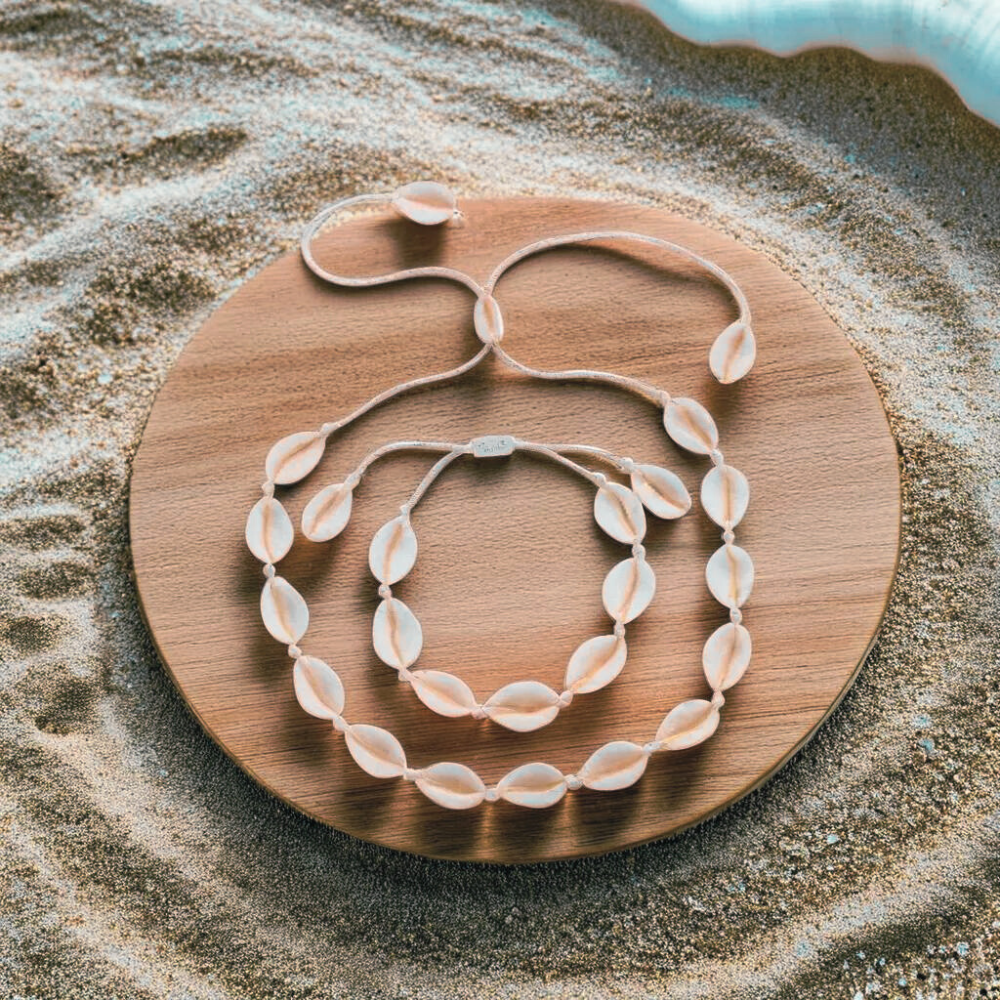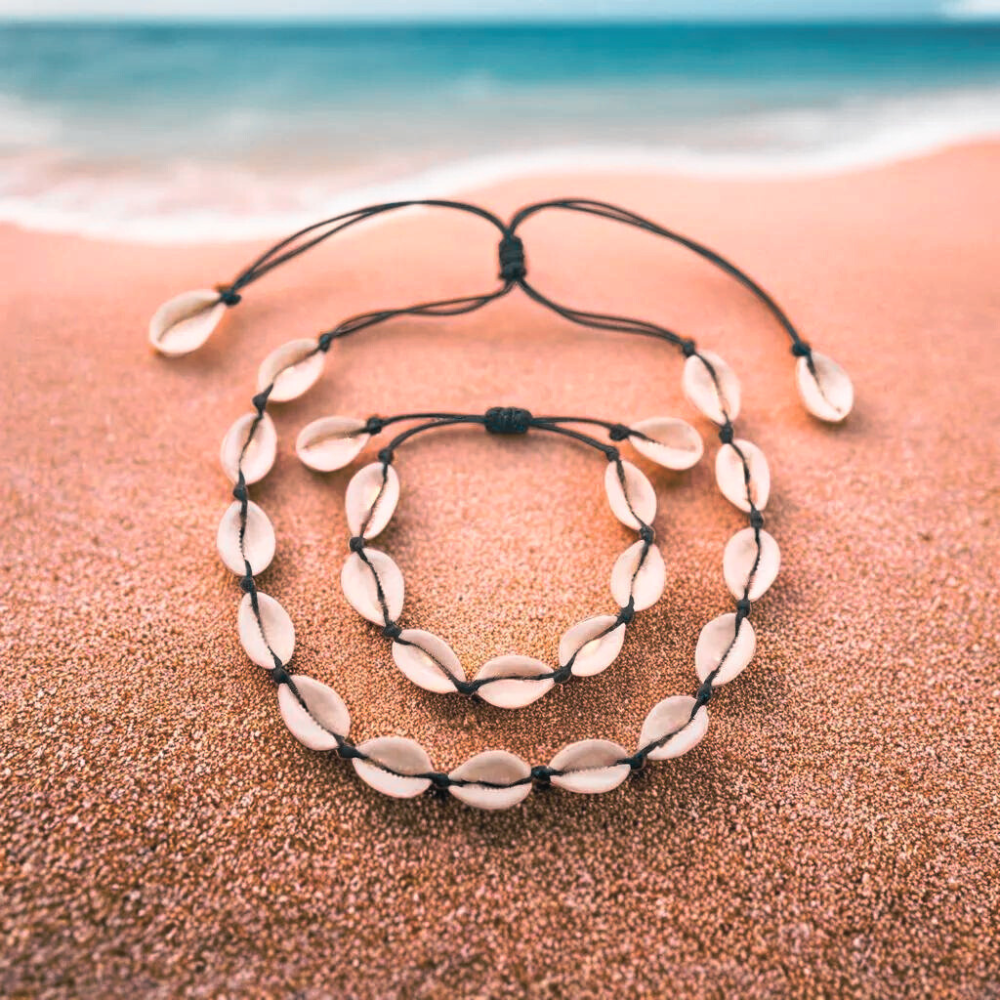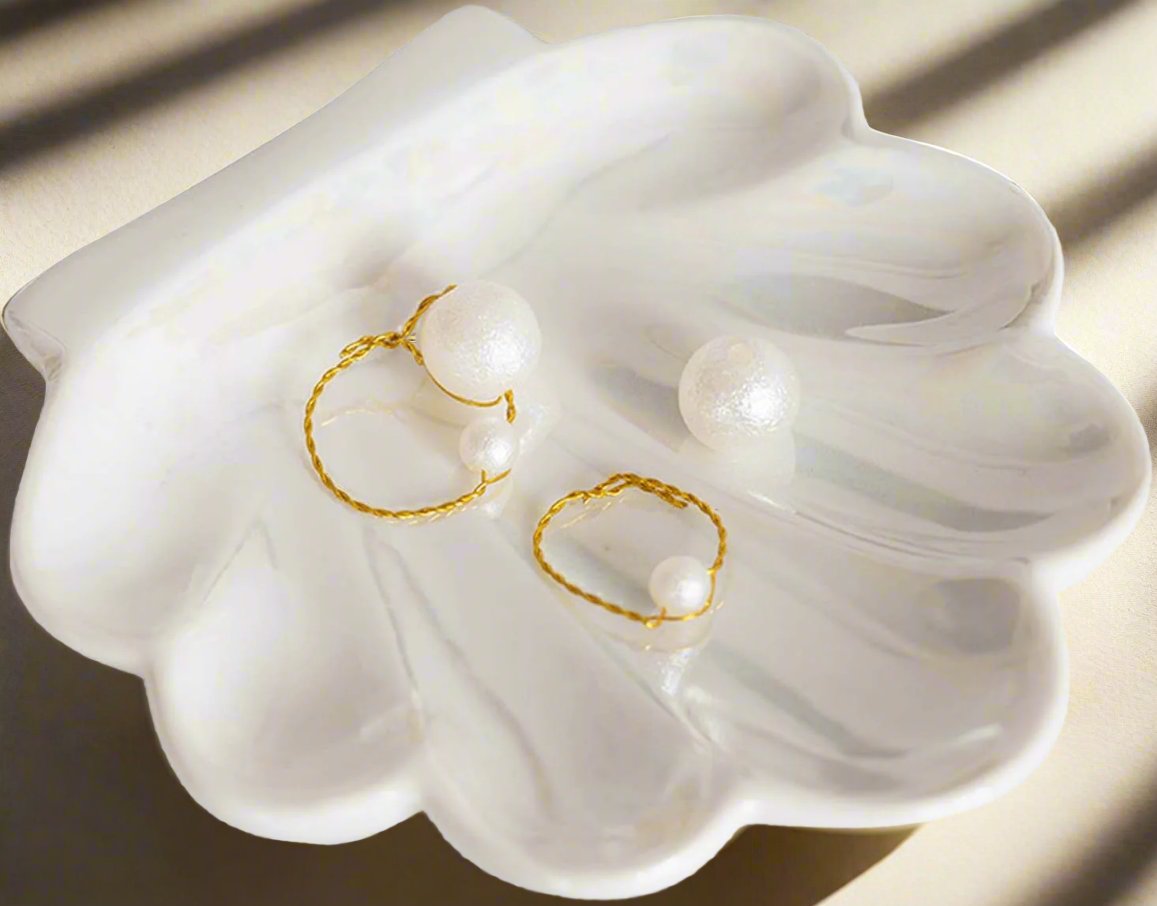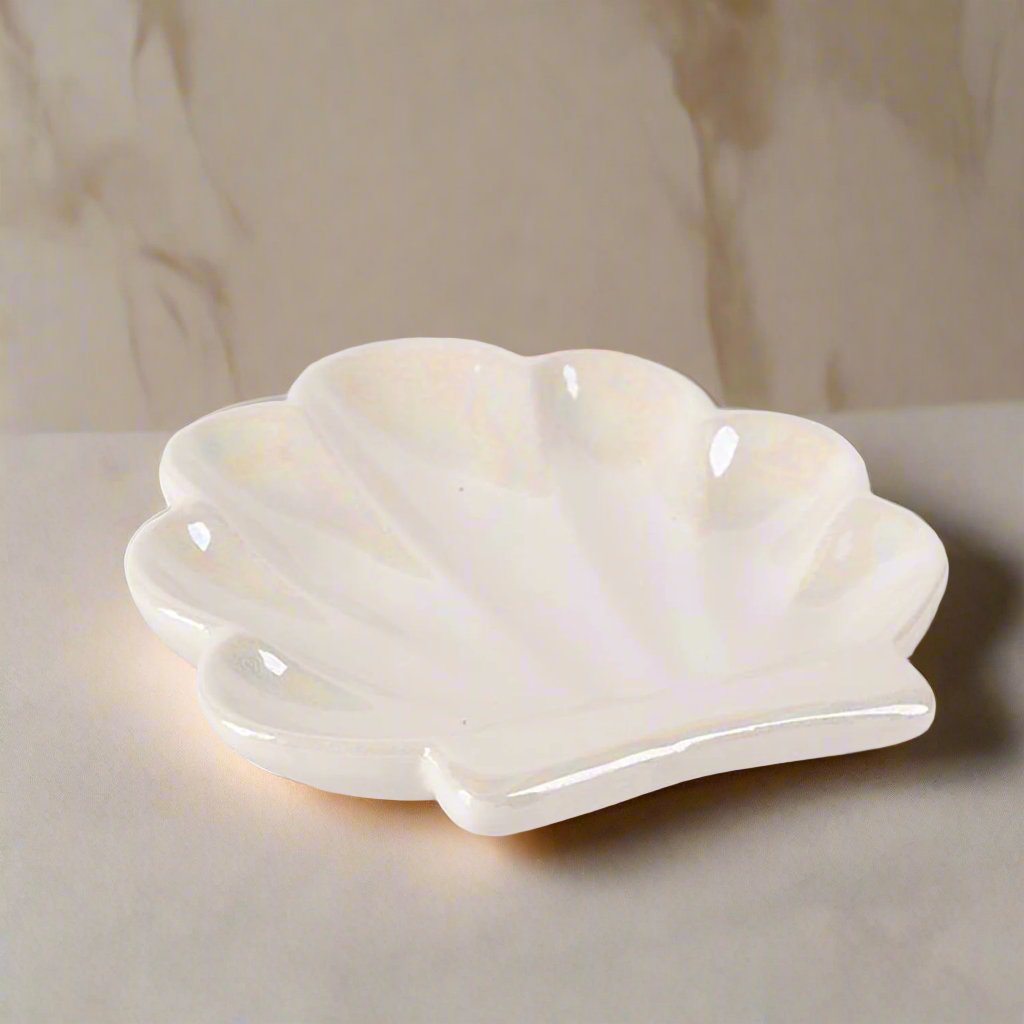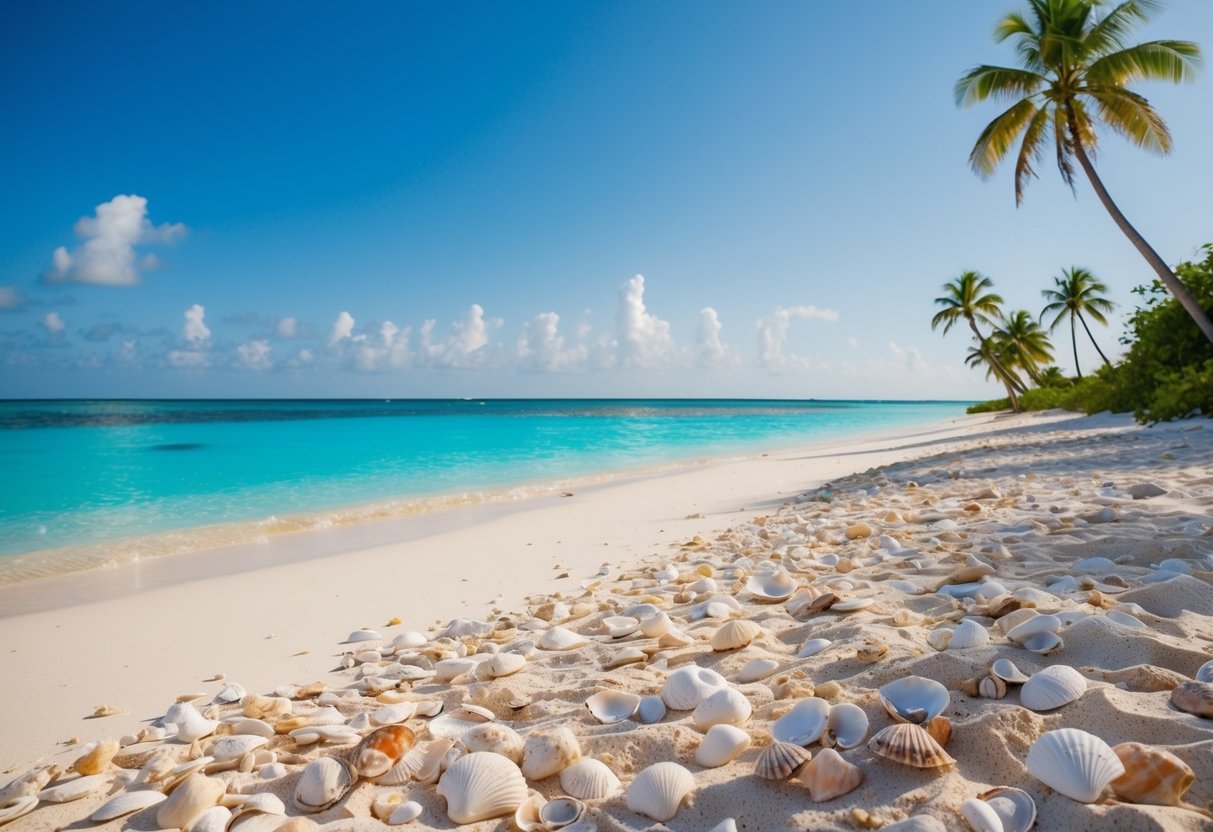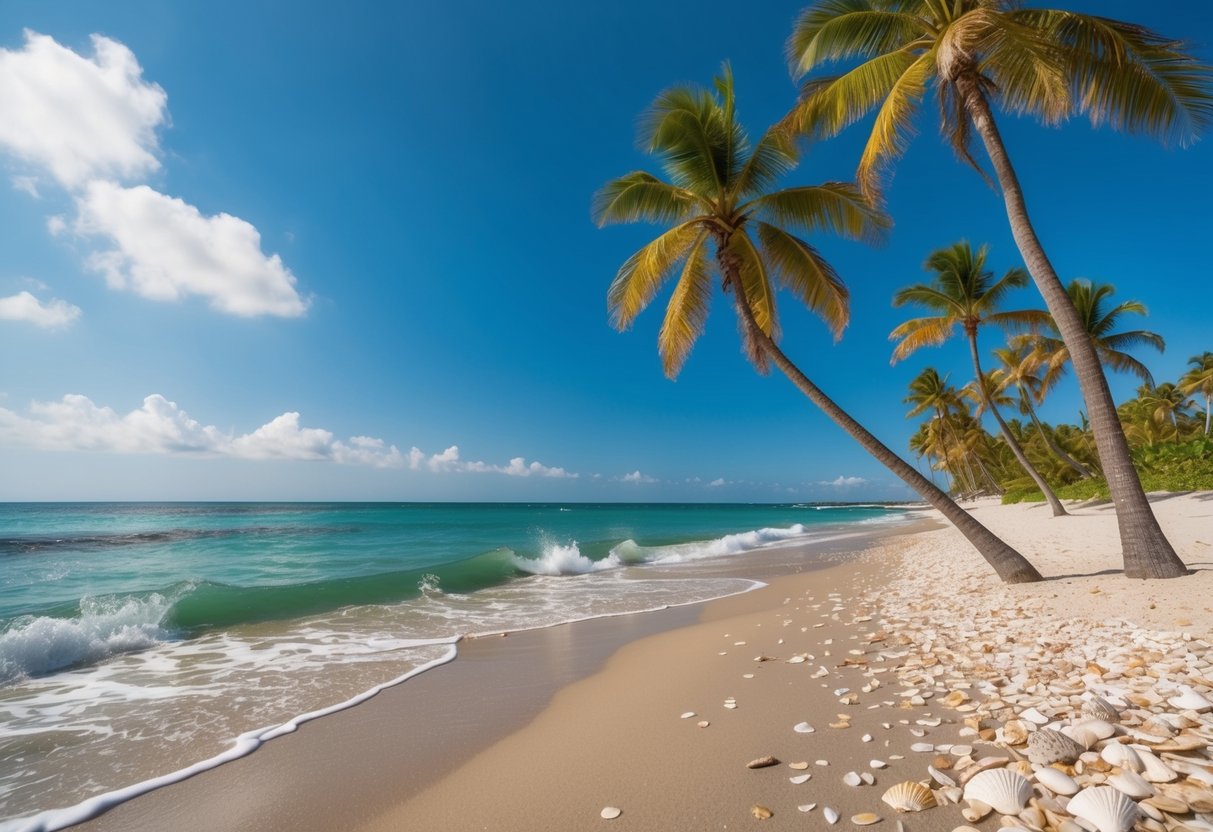Jamaica's stunning beaches are known for their pristine white sand and crystal-clear turquoise waters. These tropical paradises offer more than just sunbathing and swimming - they're also great spots for beachcombers looking to collect seashells.
 The best shelling beaches in Jamaica provide opportunities to find unique and colorful shells washed up on the shore. While some popular tourist beaches may have fewer shells due to frequent cleaning, there are still many hidden gems where shell seekers can discover beautiful specimens. From tiny coquinas to larger conchs, Jamaica's beaches hold treasures for those willing to search.
The best shelling beaches in Jamaica provide opportunities to find unique and colorful shells washed up on the shore. While some popular tourist beaches may have fewer shells due to frequent cleaning, there are still many hidden gems where shell seekers can discover beautiful specimens. From tiny coquinas to larger conchs, Jamaica's beaches hold treasures for those willing to search.
 The best shelling beaches in Jamaica provide opportunities to find unique and colorful shells washed up on the shore. While some popular tourist beaches may have fewer shells due to frequent cleaning, there are still many hidden gems where shell seekers can discover beautiful specimens. From tiny coquinas to larger conchs, Jamaica's beaches hold treasures for those willing to search.
The best shelling beaches in Jamaica provide opportunities to find unique and colorful shells washed up on the shore. While some popular tourist beaches may have fewer shells due to frequent cleaning, there are still many hidden gems where shell seekers can discover beautiful specimens. From tiny coquinas to larger conchs, Jamaica's beaches hold treasures for those willing to search.
1) Discovery Bay
Discovery Bay is a beautiful coastal town in Jamaica's St. Ann parish. It boasts stunning beaches with clear waters and soft sand. Puerto Seco Beach is a top spot for shell hunting in Discovery Bay. This newly refurbished public beach spans 10 acres and offers plenty of space for beachcombing. The beach's natural features make it ideal for finding shells. Visitors can walk along the shoreline and search for colorful seashells washed up by the waves. Puerto Seco Beach has clean sand and calm waters, creating good conditions for shells to wash ashore intact. Early morning is often the best time to look for shells before other beachgoers arrive. The beach charges an entrance fee, but it includes access to facilities like changing rooms and loungers. This makes it comfortable to spend a full day searching for shells. While not as well-known for shelling as some other Jamaican beaches, Discovery Bay can still yield interesting finds for patient shell seekers.2) Bloody Bay
Bloody Bay is a stunning beach located in Negril, Jamaica. It stretches for about 7 miles along the western coast of the island. The beach gets its name from a naval battle that took place there in the 18th century. Bloody Bay offers pristine white sand and crystal-clear turquoise waters. It's a popular spot for swimming, sunbathing, and water sports. The calm waters make it ideal for snorkeling and spotting colorful fish. Shelling enthusiasts can find a variety of seashells along the shoreline. Common finds include conch shells, sand dollars, and small colorful shells. The best time for shelling is early morning before other beachgoers arrive. Several resorts line the beach, offering amenities to visitors. Beachfront restaurants and bars are available for refreshments. Water activities like kayaking and paddleboarding can be rented from local vendors. Bloody Bay is less crowded than Negril's famous Seven Mile Beach. This makes it a more peaceful option for shell hunting and relaxation. The sunsets at Bloody Bay are particularly beautiful and not to be missed.3) Negril Seven Mile Beach
Negril Seven Mile Beach is a famous spot in Jamaica known for its beautiful white sand and clear waters. It's a popular destination for tourists who want to relax and enjoy the sun. The beach stretches for about seven miles along the western coast of Jamaica. It offers stunning views and plenty of space for visitors to spread out and enjoy themselves. While Seven Mile Beach is great for many activities, it's not the best place for finding seashells. The resorts along the beach often rake the sand, which removes seaweed and shells. For those interested in shelling, there are better options nearby. Half Moon Beach, about a 10-minute drive from Negril, might be a better choice for finding seashells. Seven Mile Beach is still worth visiting for its beauty and fun activities. Visitors can enjoy swimming, sunbathing, and trying various water sports in the crystal-clear Caribbean waters.4) Treasure Beach
Treasure Beach in Jamaica is a hidden gem for shell collectors. This quiet coastal area offers pristine shores where beachcombers can find a variety of seashells. The beach's secluded nature means fewer people disturb the natural shell deposits. Visitors can search for colorful specimens washed up by the Caribbean waves. Common finds include conch shells, sand dollars, and various small bivalves. The best time for shelling is often early morning after high tide has receded. Treasure Beach's calm waters and gentle slopes create ideal conditions for shells to wash ashore intact. This makes it easier for collectors to find undamaged specimens. Beyond shelling, the area's natural beauty and peaceful atmosphere attract visitors seeking a tranquil beach experience. The nearby community adds local charm to the beach visit. Responsible shelling practices are important to preserve the beach ecosystem. Collectors should limit their take and avoid removing live shells or creatures.5) Montego Bay
Montego Bay boasts several beaches with good shelling opportunities. Doctor's Cave Beach, part of the Montego Bay Marine Park, offers pristine white sand and clear waters. Visitors can find various shells along its 200-meter shoreline. West Beach, also known as Derby Beach or Shell Beach, is a top spot for shell collectors. This quiet stretch of coast has earned its nickname due to the abundance of shells scattered across the sand. The protected waters of Montego Bay Marine Park create ideal conditions for shell hunting. Beachgoers can explore the shoreline at low tide to discover a variety of seashells washed up by the waves. Many beaches in Montego Bay feature soft, white sand that's perfect for shell searching. The crystal-clear waters make it easy to spot shells in the shallows or while snorkeling near the shore. Visitors to Montego Bay's beaches can find an assortment of shells, from small, delicate specimens to larger, more colorful ones. Early morning walks along the shore often yield the best results for shell collectors.6) Frenchman's Cove
Frenchman's Cove is a stunning beach in Portland, Jamaica. It's known for its unique blend of river and sea waters. The beach features soft white sand and clear blue waters. Visitors can enjoy both the calm river and the Caribbean Sea in one location. Frenchman's Cove is part of a resort, so there's a fee to enter. The cost is about $12 USD per person. The area around the beach is lush and green. Tall trees and thick forest surround the cove, adding to its beauty. While not known as a top shelling spot, beachcombers may find some small shells here. The mix of fresh and salt water creates an interesting environment. Visitors can rent beach chairs to relax on the sand. There's also a bar and grill for food and drinks. Swimming, snorkeling, and sunbathing are popular activities at Frenchman's Cove. The calm waters make it a good spot for families. The beach's natural beauty has made it a favorite for weddings and photo shoots. It's often called one of Jamaica's most beautiful beaches.7) Runaway Bay
Runaway Bay offers a mix of sandy and rocky beaches ideal for shelling enthusiasts. This coastal town on Jamaica's north shore boasts several spots where beachcombers can find interesting shells. Cardiff Hall Beach is a top location for shell hunting in Runaway Bay. Early morning walks along this beach can yield small treasures washed up by the tide. Visitors often collect their finds and dry them on hotel balconies. The area's beaches feature a variety of shells, from colorful sea snails to delicate bivalves. Some lucky searchers might even stumble upon pieces of sea glass or coral fragments. For the best shelling experience, it's recommended to visit Runaway Bay beaches during low tide. This exposes more of the shoreline and increases the chances of finding unique shells. While collecting shells, it's important to respect local guidelines and only take empty shells. This helps preserve the beach ecosystem for future visitors and marine life.8) Winnifred Beach
Winnifred Beach is a hidden gem on Jamaica's northeastern coast. It's one of the few remaining free public beaches on the island. The beach boasts crystal-clear waters and fine, powdery sand. Its natural beauty rivals that of many privately-owned beaches in Jamaica. Winnifred Beach got its name from the daughter of a Quaker minister. It was originally meant as a resting place for missionaries, teachers, and the less fortunate. The beach's history adds depth to its charm. Local communities have fought to keep it open to the public, making it a symbol of successful grassroots efforts. Visitors can enjoy swimming in the calm waters or relaxing on the soft sand. The beach also offers opportunities for shelling, though it may not be as well-known for this activity as some other Jamaican beaches. Local vendors sell traditional Jamaican food and drinks at the beach. This adds to the authentic island experience for tourists. Winnifred Beach's unspoiled beauty and community spirit make it a unique destination in Portland parish. It's a must-visit for those seeking a true Jamaican beach experience.9) Boston Bay
Boston Bay is a popular beach on Jamaica's northeast coast. It's known for its strong waves and surfing opportunities. The beach has dark sand and is surrounded by lush greenery. Many visitors come to Boston Bay to watch or try surfing. The waves here are some of the best on the island for this sport. Beginners can take lessons from local instructors. Besides surfing, Boston Bay is famous for its jerk cuisine. The area is considered the birthplace of jerk seasoning. Visitors can taste authentic jerk chicken, pork, and fish from nearby food stands. The beach has basic amenities like restrooms and changing areas. There's a small fee to enter, which helps maintain the facilities. Locals often sell handmade crafts and souvenirs on the beach. Boston Bay offers a mix of adventure and relaxation. Visitors can enjoy the waves, try local food, or simply sunbathe on the sand. It's a great spot for those looking to experience a less touristy side of Jamaica.10) James Bond Beach
James Bond Beach is a captivating spot in Jamaica. It's located in the parish of Saint Mary, on the northeastern coast of the island. The beach got its name from Ian Fleming, the creator of James Bond. Fleming wrote many of his 007 novels while living in Jamaica. This beach offers stunning views of the Caribbean Sea. Visitors can enjoy the soft sand and clear blue waters. The scenery is perfect for relaxation and sunbathing. Water activities are popular at James Bond Beach. Swimmers and snorkelers can explore the warm waters. Jet skiing and boat rides are also available for adventure seekers. The beach has basic amenities for visitors. There's a small bar and restaurant serving local food and drinks. Chairs and umbrellas can be rented for comfort. James Bond Beach is easy to reach. It's close to Ocho Rios, a popular tourist town. This makes it a convenient stop for travelers exploring Jamaica. While not known for shelling, the beach offers a unique experience. Its connection to the famous spy novels adds a touch of intrigue to any visit.Geological Features of Jamaican Beaches
Jamaica's beaches showcase unique geological traits shaped by volcanic activity and coral reefs. The island's coastal areas display diverse sand compositions and tidal patterns that create distinct beach environments.Sand Composition
Jamaican beaches boast varied sand types. White sand beaches come from crushed coral and limestone. These soft, powdery sands feel great underfoot and reflect sunlight, keeping the beach cool. Black sand beaches form from eroded volcanic rocks. These sands contain minerals like magnetite and can feel warm to the touch. Some beaches mix white and black sands, creating a salt-and-pepper look. Shell beaches, like West Beach in Silver Sands, have lots of seashells mixed with sand. This mix comes from broken shells washed ashore over time. Shell beaches offer great spots for beachcombing and finding unique shells.Tidal Patterns
Jamaica's tides affect beach shape and size. The island has a small tidal range, usually less than 3 feet. This means beach areas stay fairly stable throughout the day. During high tide, waves reach further up the shore. This can limit beach space but creates good conditions for swimming. Low tide exposes more beach area, perfect for walking and exploring tidal pools. Some beaches have stronger currents due to their location. These spots might not be safe for swimming but can be great for water sports like surfing. Always check local tide charts and warnings before entering the water.Ecology and Marine Life
Jamaica's beaches are home to diverse marine ecosystems. The shorelines teem with various shells and sea creatures adapted to coastal habitats.Shell Types Found
Beachcombers can find many shell types on Jamaica's shores. Common finds include:- Conch shells: Large spiral shells from sea snails
- Scallop shells: Fan-shaped with ridges
- Cowrie shells: Small, glossy, egg-shaped shells
- Sand dollars: Flat, round skeletons of sea urchins
- Auger shells: Long, narrow shells with pointed tips
Habitat of Marine Creatures
Jamaica's coastal waters support rich marine life. Coral reefs fringe much of the island, creating homes for fish and invertebrates. Seagrass meadows grow in shallow bays. These grassy areas shelter young fish and sea turtles. Mangrove forests line some shores, acting as nurseries for marine animals. Sandy beaches host burrowing creatures like:- Ghost crabs
- Sand fleas
- Coquina clams

